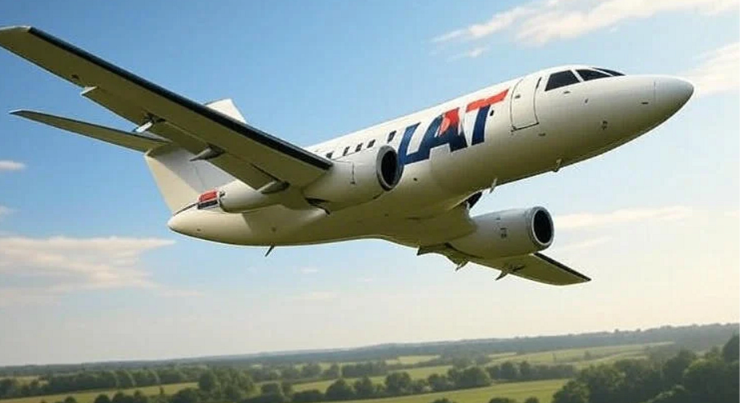LAT Aerospace, founded in 2025 by Zomato co-founder Deepinder Goyal and former COO Surobhi Das, is positioning itself as one of India’s most ambitiou
LAT Aerospace, founded in 2025 by Zomato co-founder Deepinder Goyal and former COO Surobhi Das, is positioning itself as one of India’s most ambitious new ventures in the mobility sector. The company aims to reimagine how smaller cities are connected by air, with a focus on accessibility, affordability, and speed.
At the core of LAT Aerospace’s strategy is the development of short take-off and landing aircraft, commonly known as STOL planes. These aircraft can operate from short runways and underutilized airstrips, allowing flights to reach destinations that currently lie outside the network of conventional commercial airlines. The company’s goal is to make air travel between Tier-2 and Tier-3 cities as seamless as traveling between metros.
To support its vision, the company has already secured an initial investment of around USD 20 million from Goyal. This funding will help build its engineering and operational capabilities and support the design and prototyping of its aircraft. LAT Aerospace’s proposed fleet will seat 12 to 24 passengers, offering an operational range of up to 1,500 kilometers.
A key element of the model is the creation of “air-stops.” Unlike traditional airports, air-stops are compact, low-cost facilities designed to support quick take-offs and landings. This approach reduces infrastructure costs significantly, making it possible to operate flights more frequently and at lower fares. It also minimizes the time required to open new routes between smaller cities.
India has more than 450 airstrips, but fewer than 150 are currently in active use. LAT Aerospace plans to bring many of these dormant airstrips into service, enabling faster travel between smaller cities. A road journey of eight to ten hours could be reduced to under an hour, making travel more efficient for both business and leisure.
The company’s mission aligns closely with the government’s push for regional connectivity through programs like UDAN. While these public initiatives have made progress, they often face infrastructure and cost challenges. LAT Aerospace aims to complement these efforts with a private sector-driven model that is leaner, faster, and more scalable.
Developing and certifying STOL aircraft involves complex engineering, strict regulatory compliance, and extensive testing. LAT Aerospace also plans to use hybrid-electric propulsion to reduce operational costs and environmental impact, though this introduces additional technical challenges. Certification and approvals from aviation authorities will be critical steps in the company’s journey.
Despite these hurdles, LAT Aerospace benefits from strong leadership and financial backing. Deepinder Goyal’s entry into aviation has drawn significant industry attention. The company is assembling a team of experienced aerospace professionals to drive research, development, and certification processes.
If successful, LAT Aerospace could redefine short-haul air travel in India by connecting smaller cities quickly and affordably. Its approach has the potential to create a new category of aviation, bridging the gap between road, rail, and traditional commercial flights. This could mark a significant step forward in regional mobility and economic development across the country.
In conclusion, LAT Aerospace is not merely launching a new airline but pioneering a new model of aviation designed for India’s evolving transportation landscape. By combining innovative aircraft technology, cost-effective infrastructure, and a clear focus on underserved markets, the company aims to set new standards for regional air connectivity. If its vision is realized, it could reshape how India travels, bringing the promise of accessible air mobility closer to millions.


COMMENTS